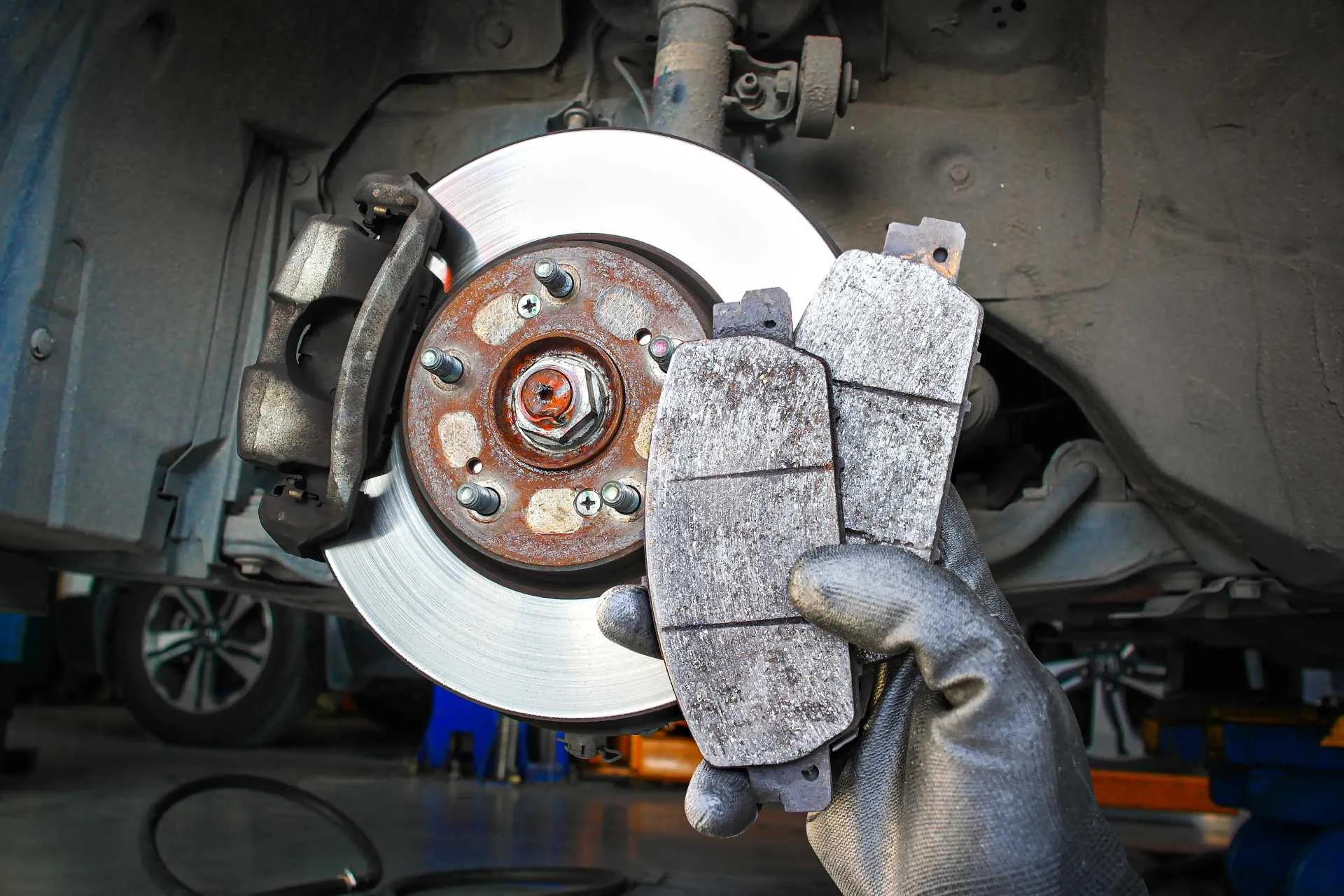Your car’s brake pads and rotors have a finite lifespan, but how long they last is not just about the miles you drive; it’s heavily influenced by how you drive. From the stop-and-go of city traffic to the open road, your driving habits are the single biggest factor in determining the longevity of your braking system. Understanding this relationship can help you save money on repairs, improve safety, and become a smoother, more efficient driver.

The Physics of Brake Wear
Ultimately, brakes work by converting your vehicle’s kinetic energy into thermal energy through friction. This process, while essential for stopping, causes wear on your brake pads and rotors. Therefore, the more frequently and aggressively you use your brakes, the more friction and heat are generated, which directly accelerates wear.
Driving Habits That Shorten Brake Lifespan
Several common driving habits can significantly shorten the life of your brake pads and rotors.
- Aggressive Braking: The most obvious culprit is hard or sudden braking. Slamming on the brakes from high speeds generates a tremendous amount of heat and stress, which rapidly wears down the friction material on your pads and can even lead to rotor warping.
- “Riding the Brakes”: This habit involves lightly pressing the brake pedal continuously instead of releasing it and coasting. Even a light touch creates friction and heat, causing unnecessary wear and tear.
- Tailgating: Following too closely behind other vehicles forces you to brake suddenly and frequently. This not only accelerates brake wear but also increases your risk of an accident.
- City vs. Highway Driving: The environment you drive in plays a huge role. Stop-and-go city traffic, with its constant need to accelerate and decelerate, is much harder on brakes than consistent-speed highway driving.
- Descending Hills: Continuous braking on long, steep descents can cause a dangerous condition known as “brake fade,” where the brakes become so hot they lose their effectiveness. This extreme heat rapidly degrades pads and rotors.
Driving Habits That Extend Brake Lifespan
Fortunately, a few simple changes in your driving style can make a huge difference in the life of your brakes.
- Practice Smooth, Gradual Braking: The golden rule of brake longevity is to anticipate stops. Look ahead at traffic lights and intersections, and begin to slow down by simply lifting your foot off the accelerator. This allows your vehicle to coast and reduces the amount of work your brakes have to do.
- Maintain a Safe Following Distance: Keeping a buffer between your car and the one in front of you gives you more time to react and slow down gradually, eliminating the need for panic stops.
- Use Engine Braking on Hills: For both manual and automatic transmissions, shifting into a lower gear on long downhill stretches uses the engine’s compression to help slow the vehicle. This is a highly effective way to reduce the strain and heat on your friction brakes.
- Remove Unnecessary Weight: The heavier your vehicle, the harder your brakes have to work. Therefore, removing heavy, unneeded items from your trunk or cabin can reduce the stress on your braking system and improve fuel economy.
The Financial and Safety Benefits
By adopting smoother driving habits, you not only extend the life of your brake pads and rotors but also improve your vehicle’s overall health. Fewer brake replacements mean significant cost savings, and a well-maintained braking system guarantees better performance when you need it most.




